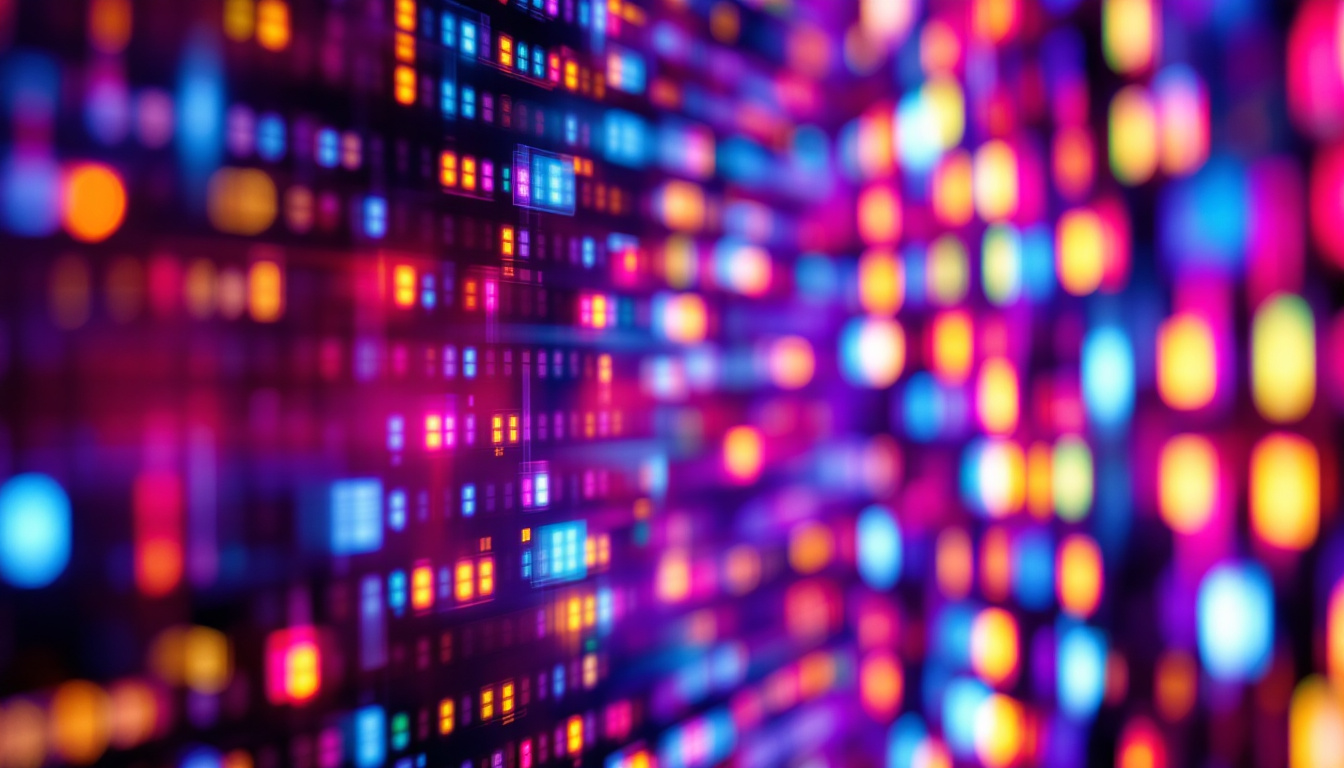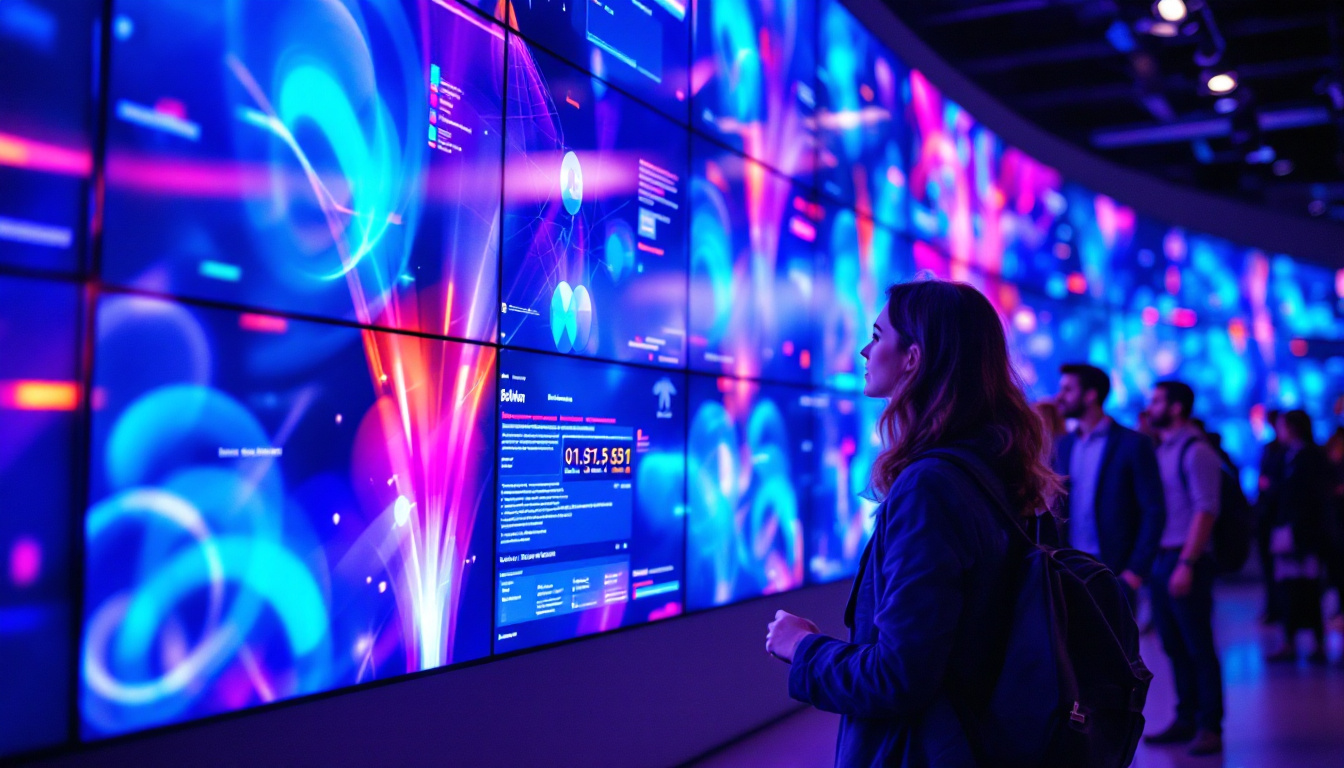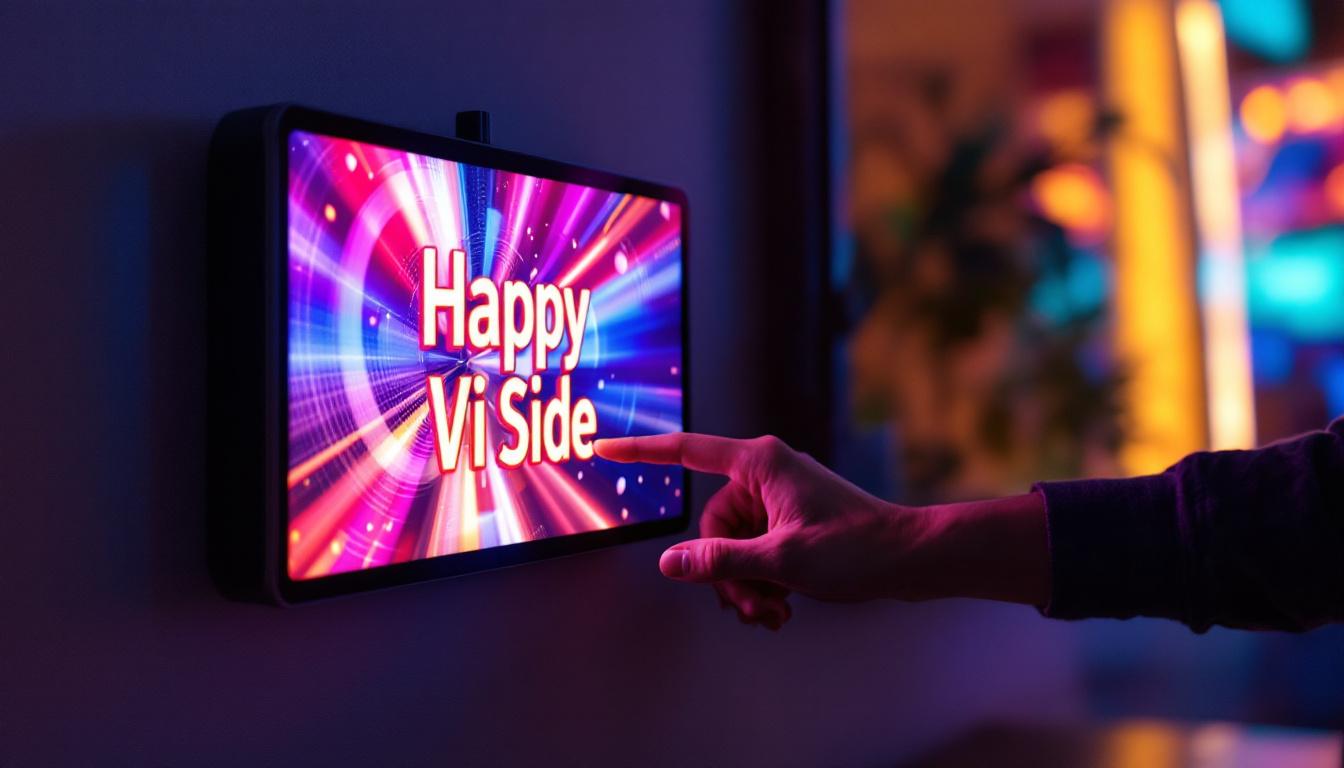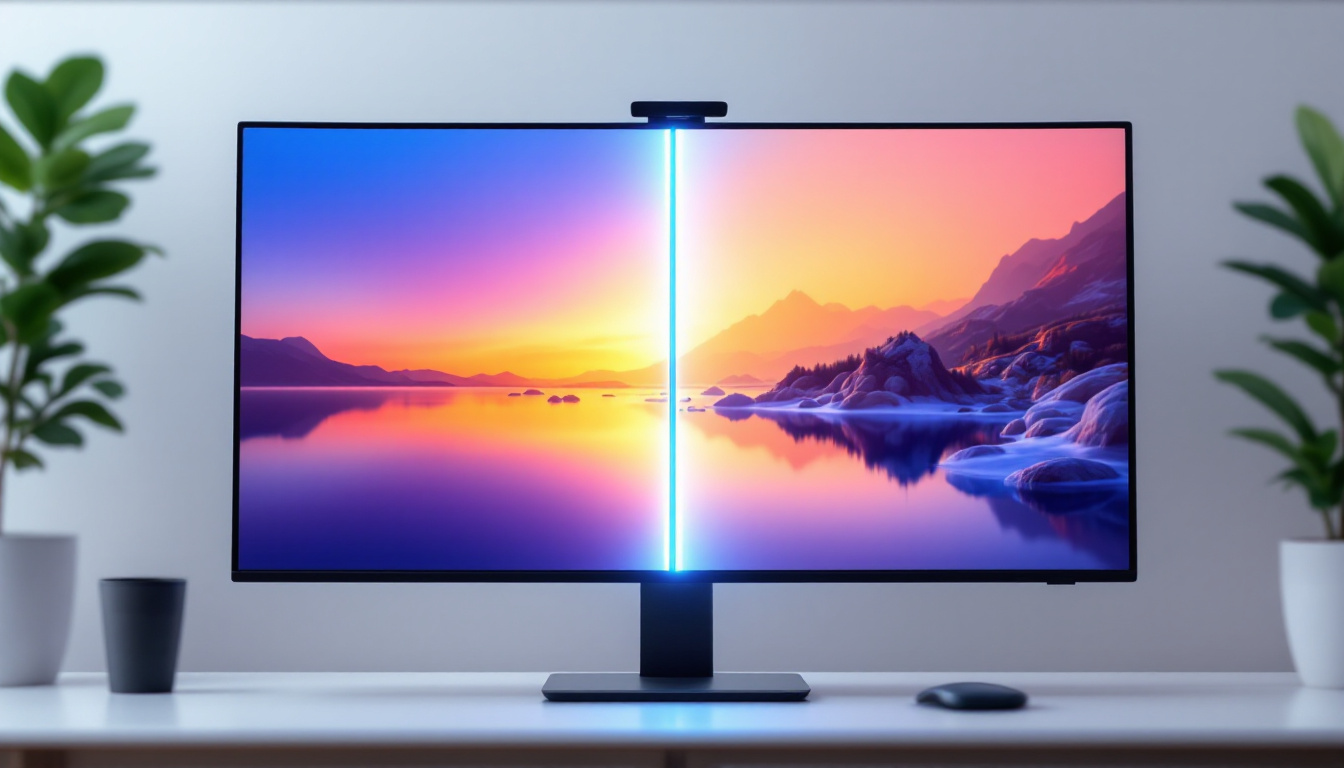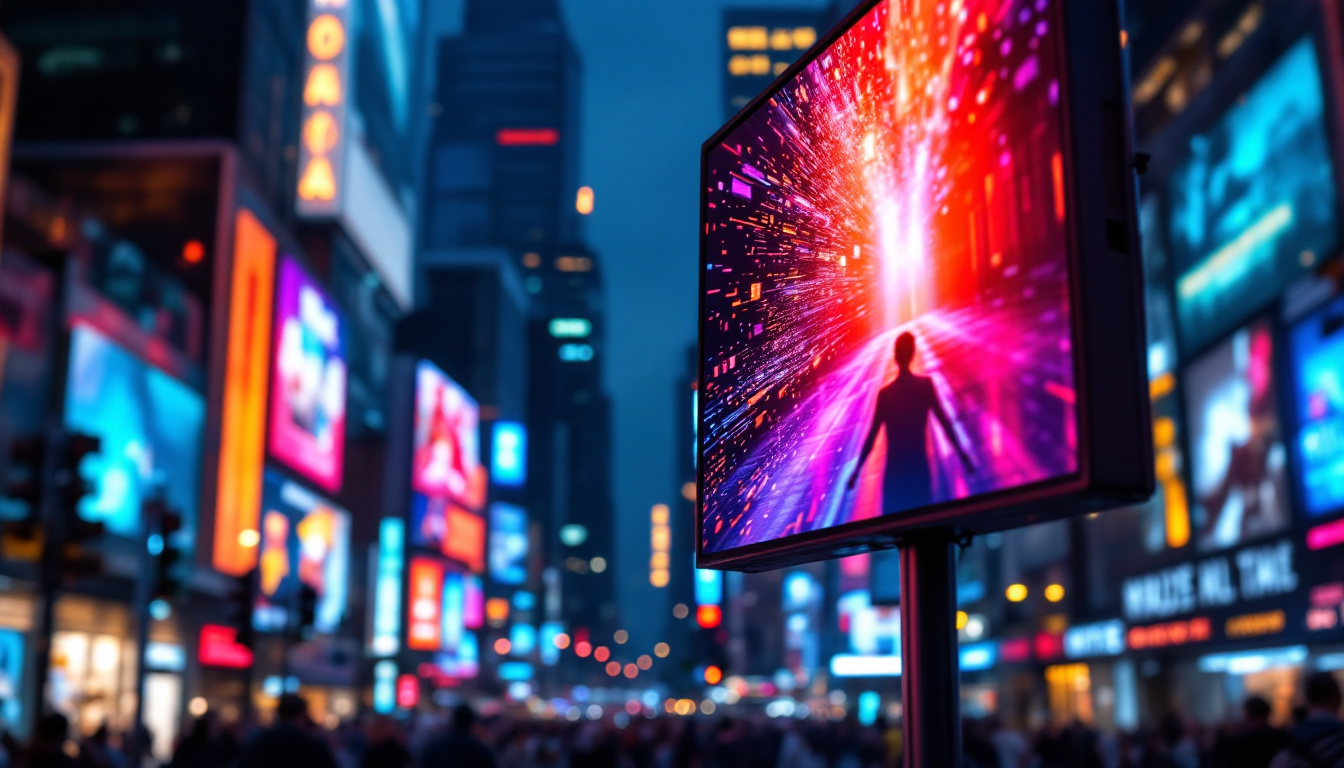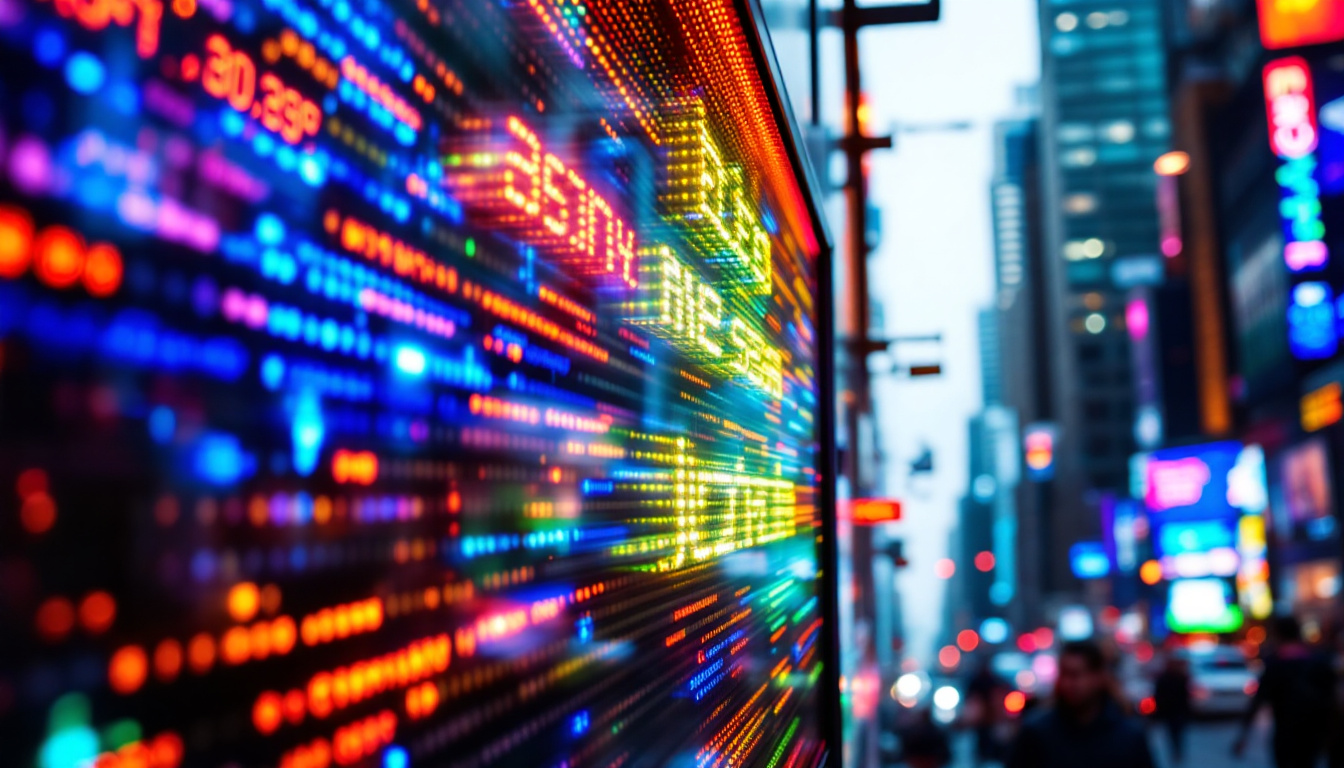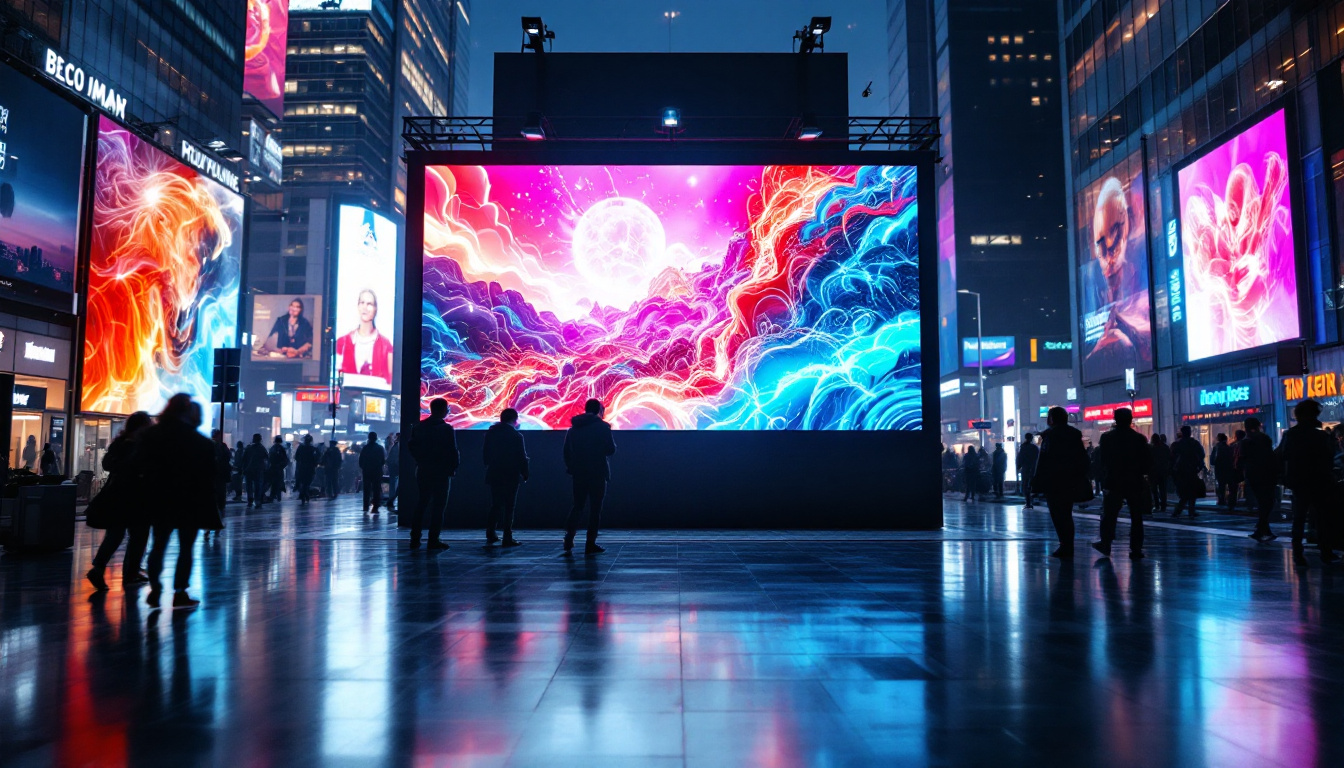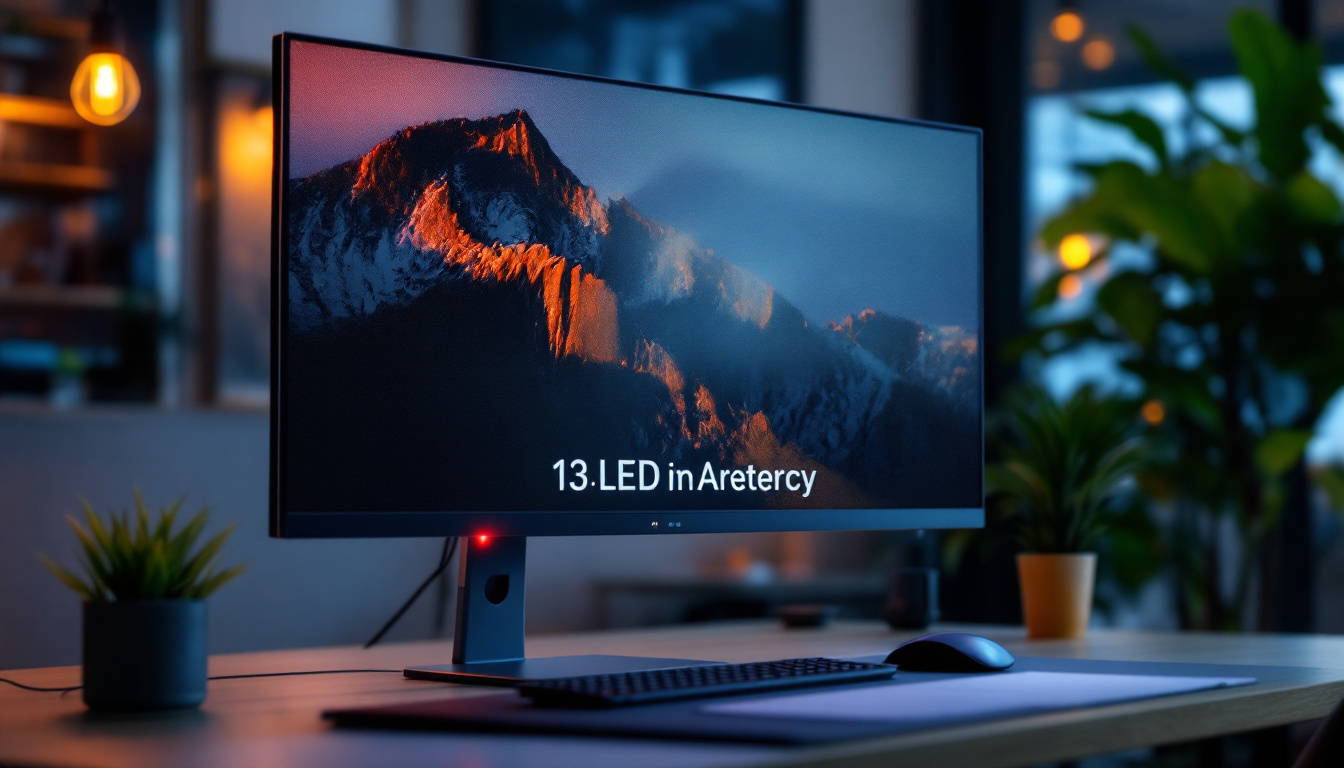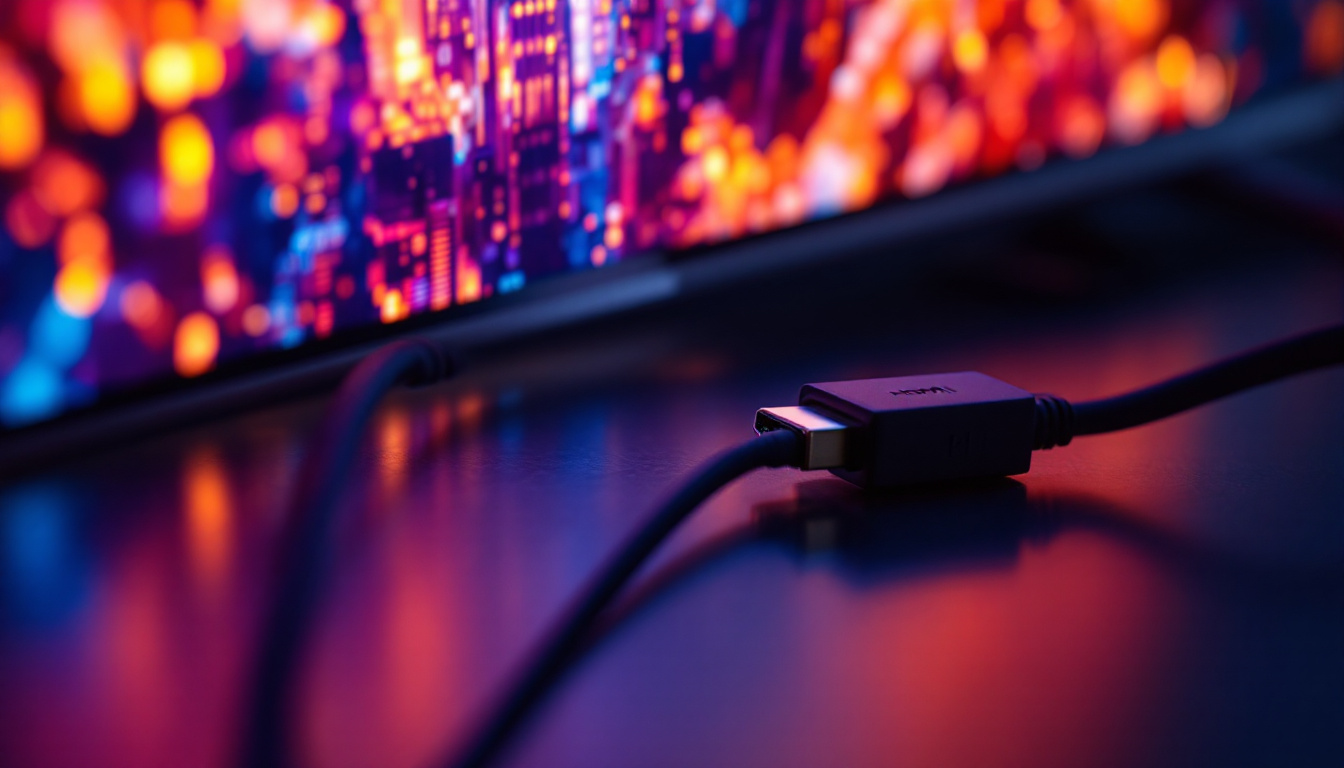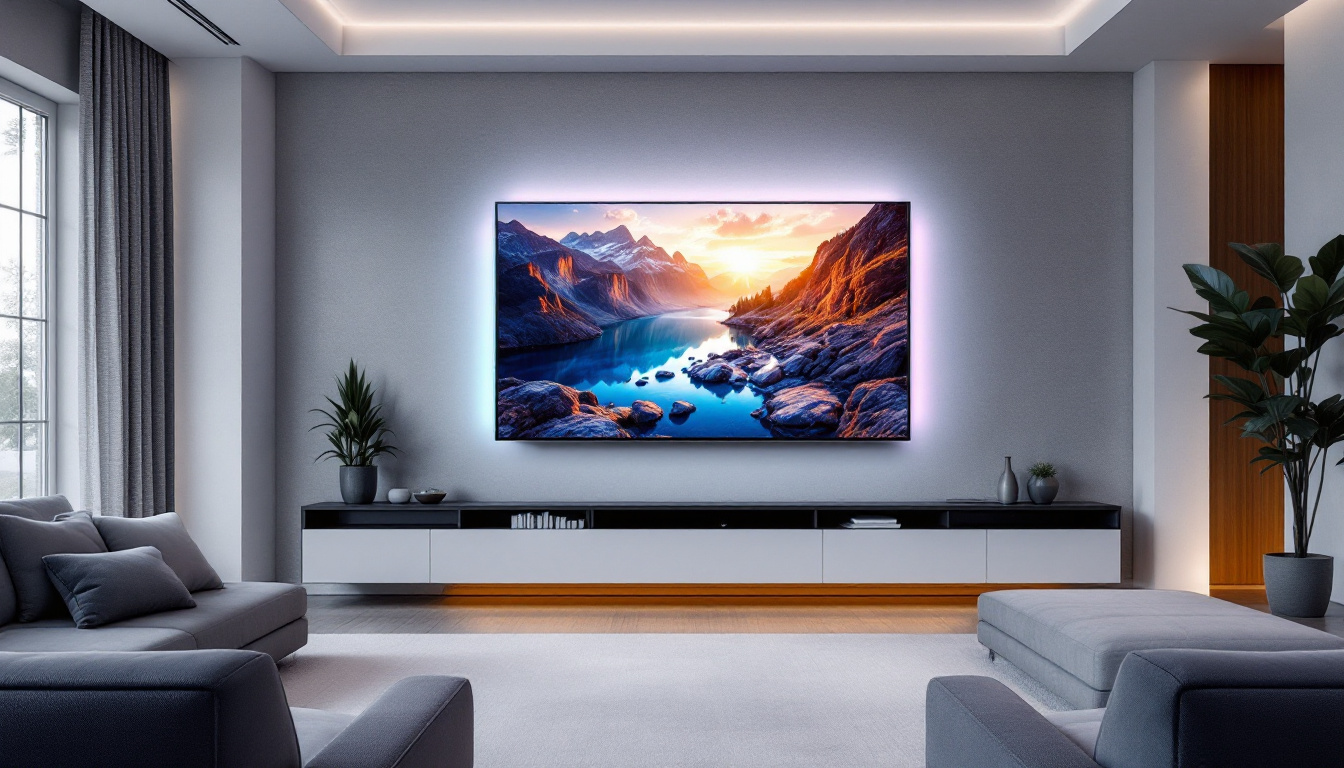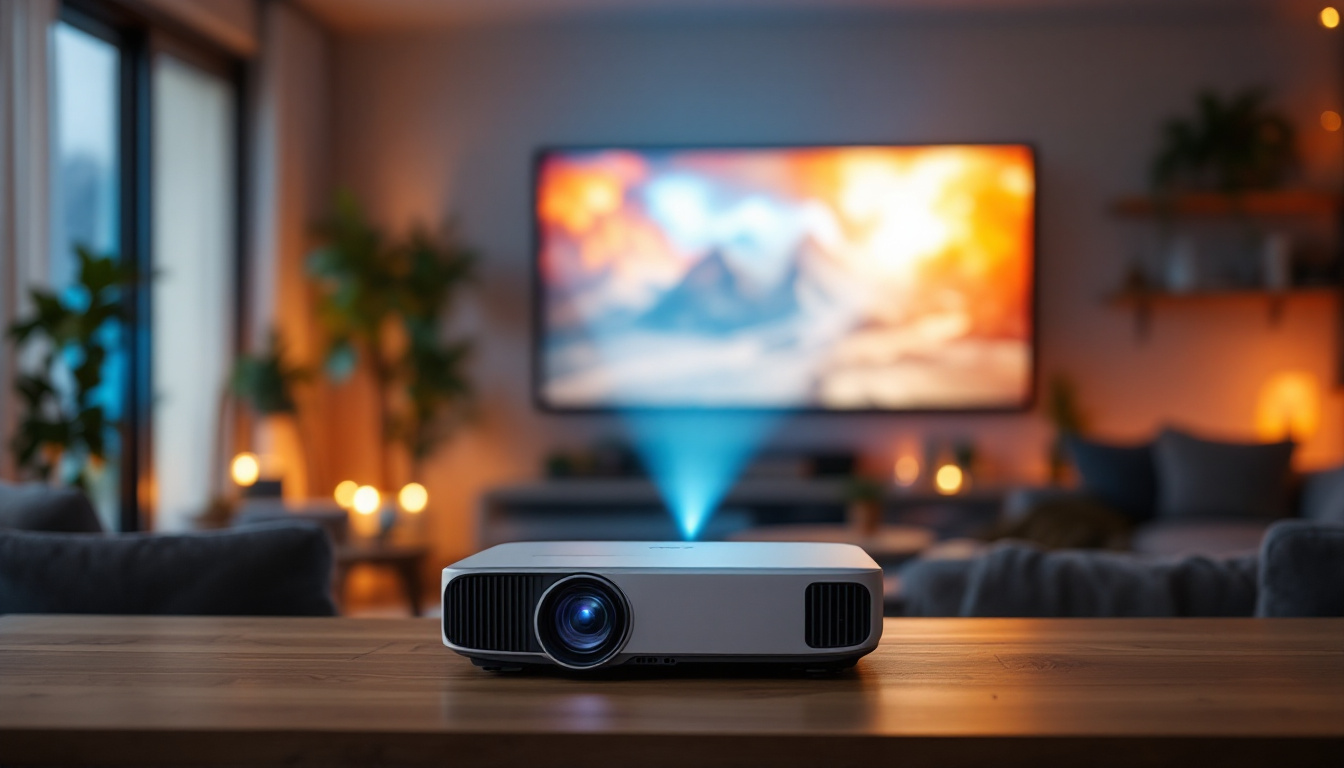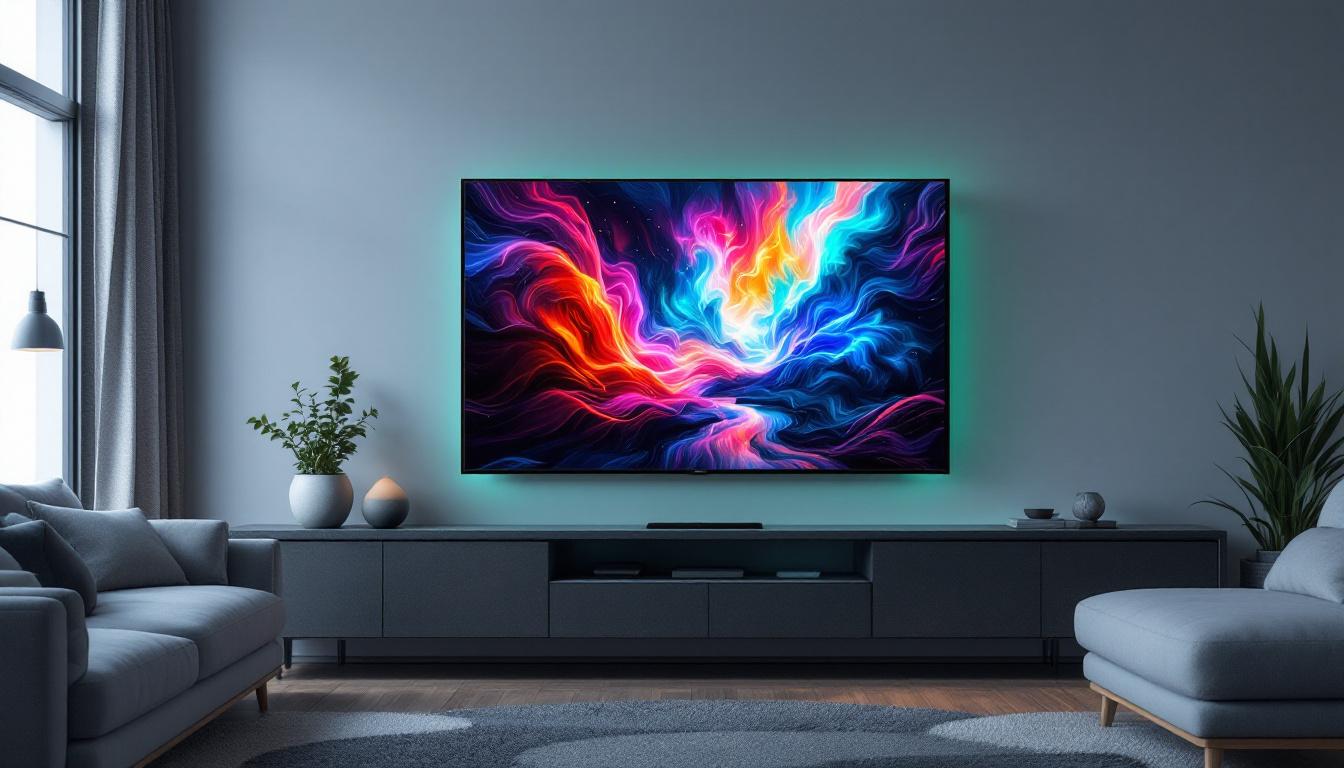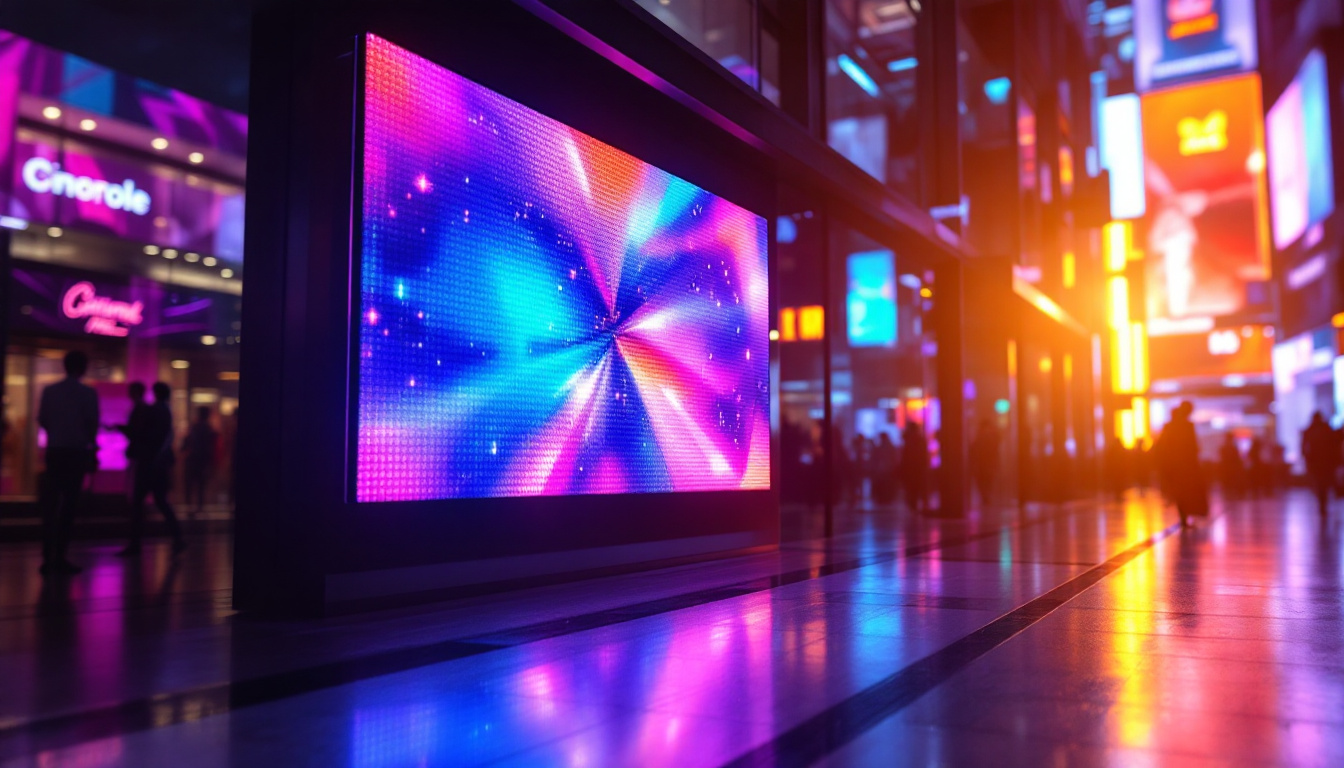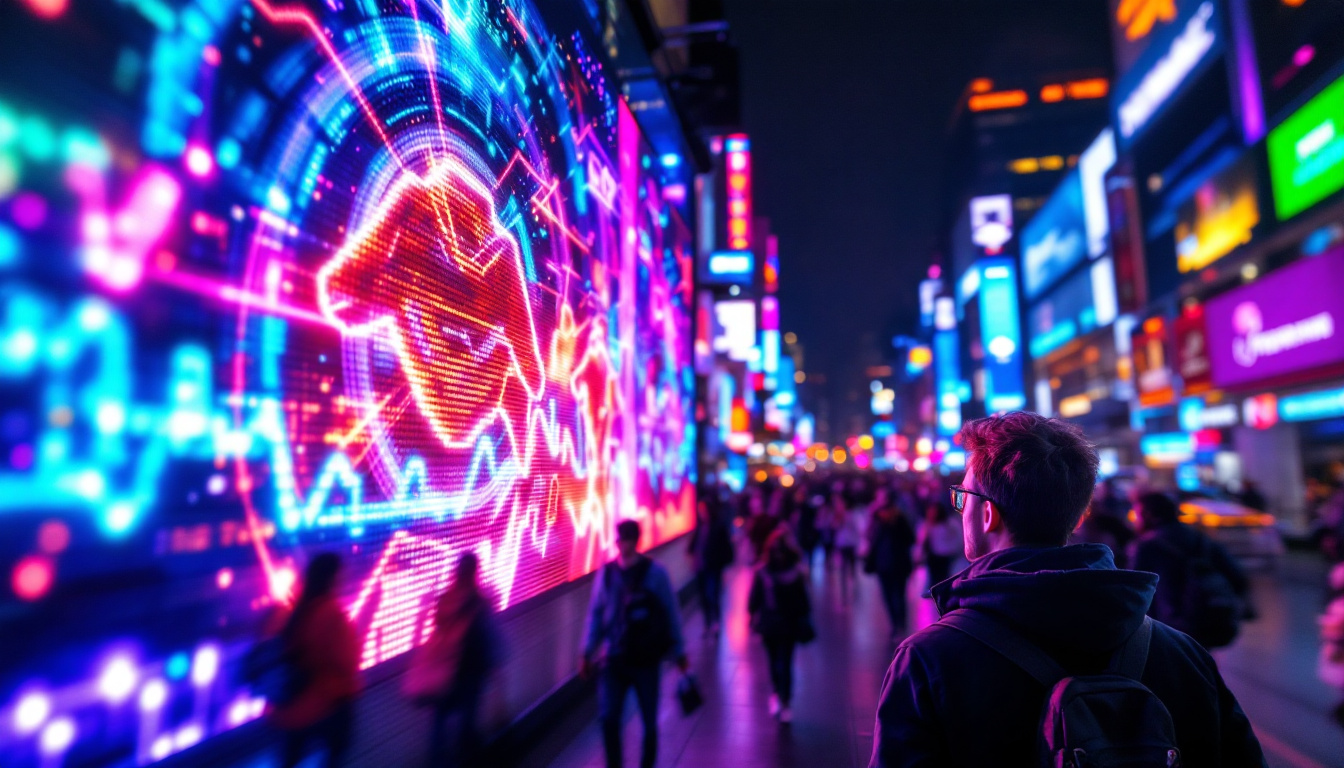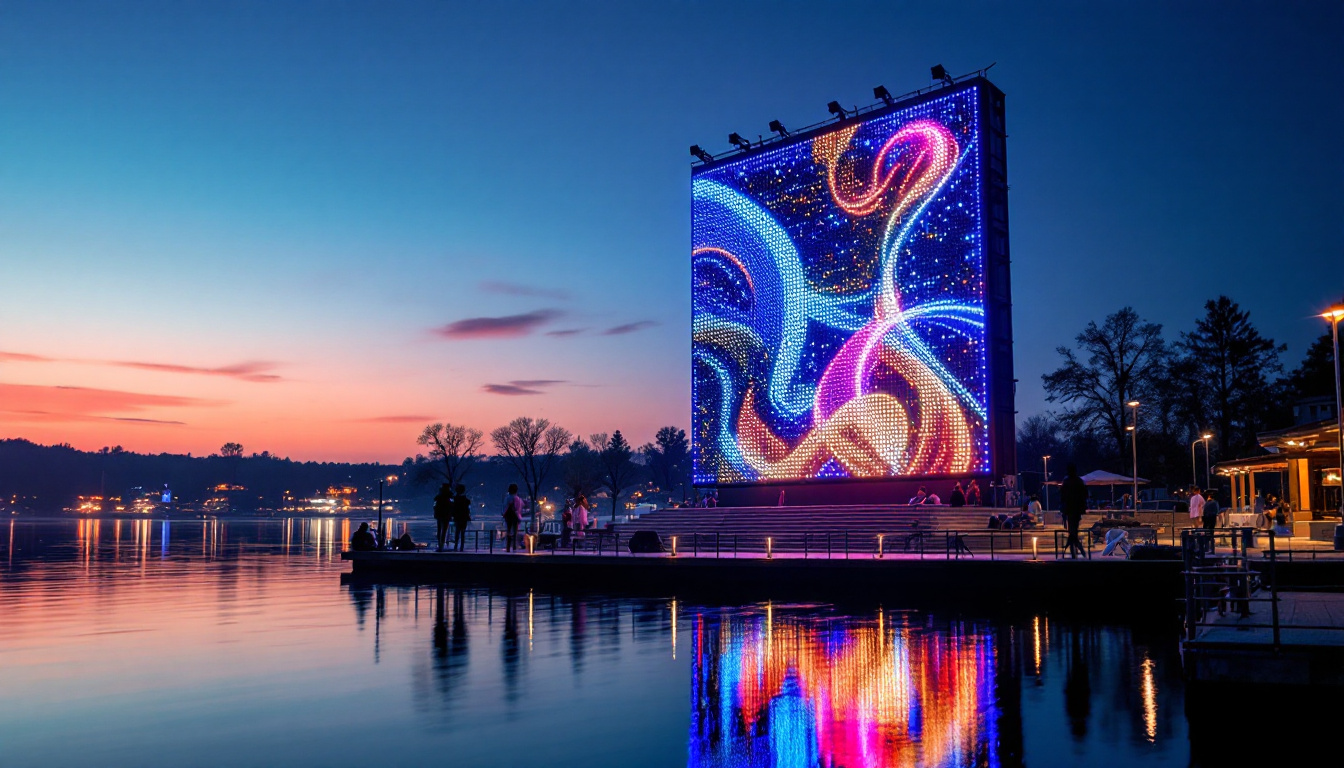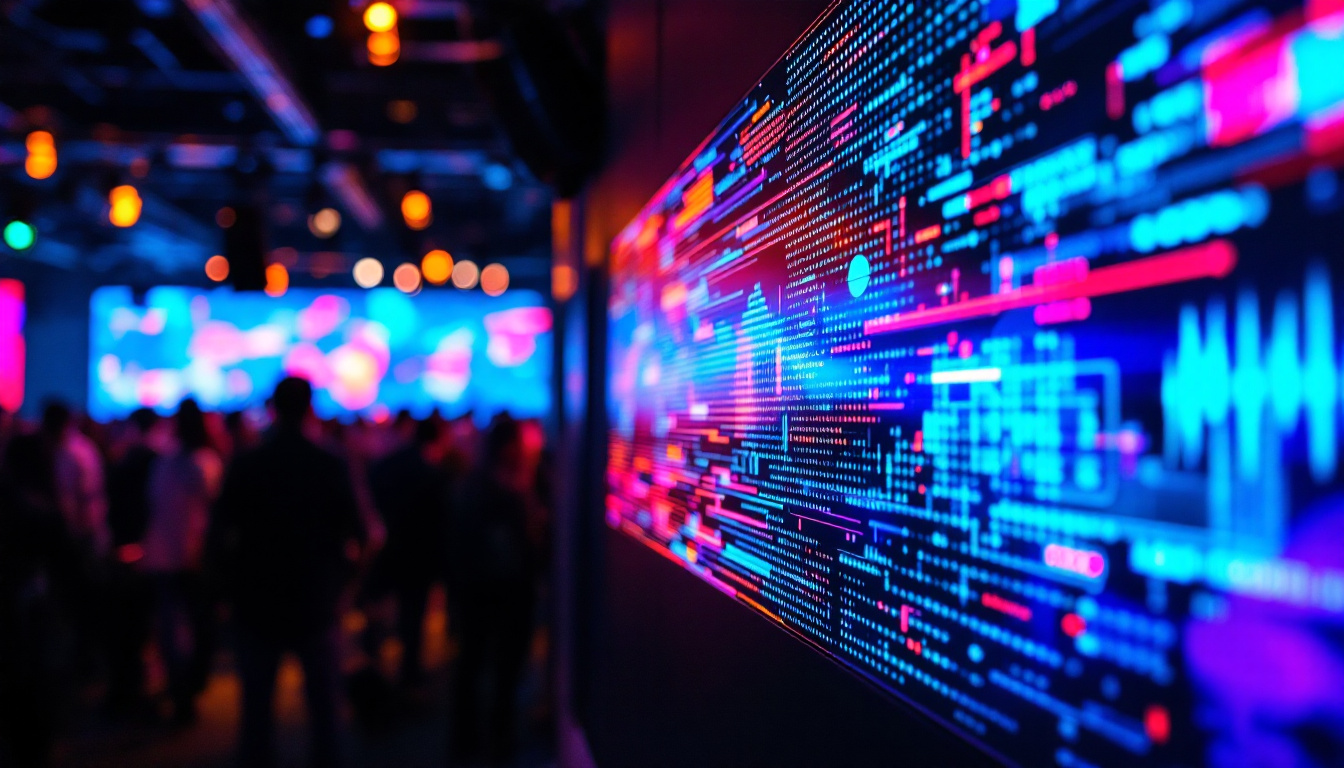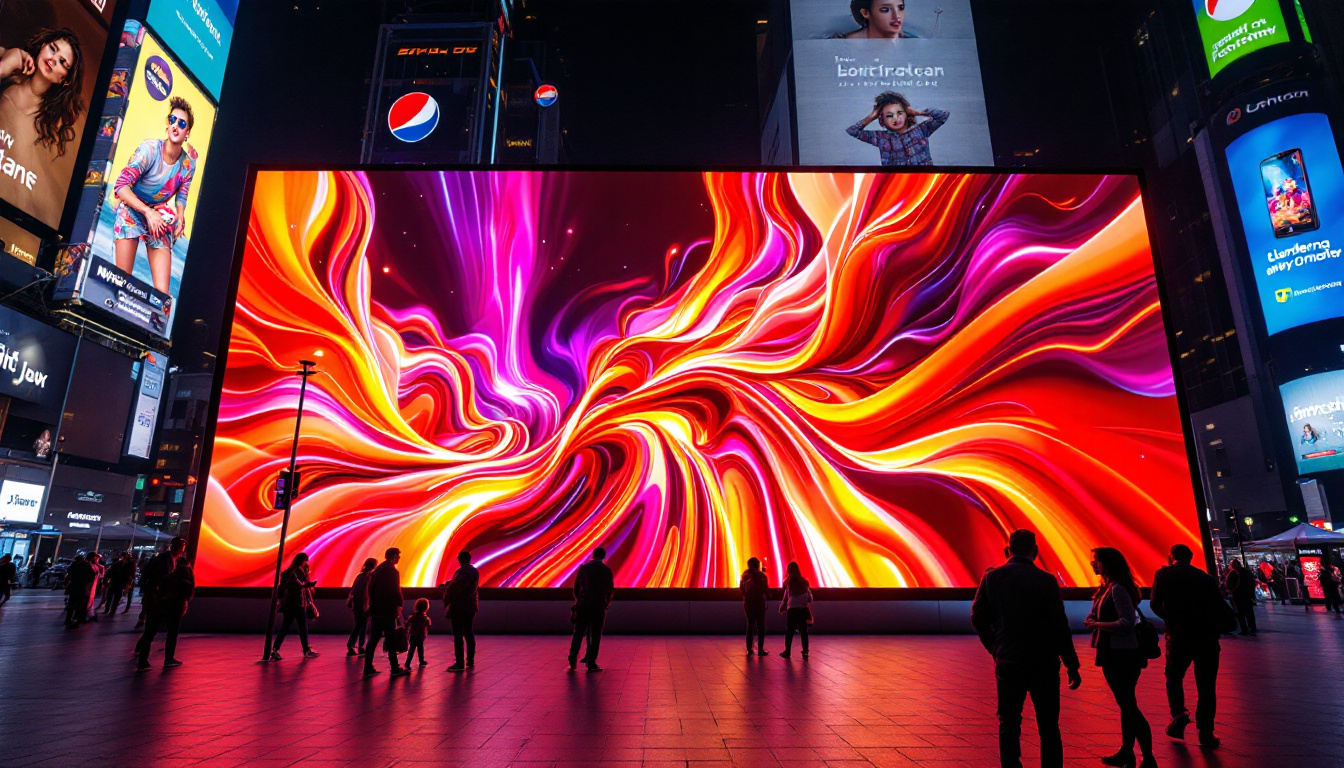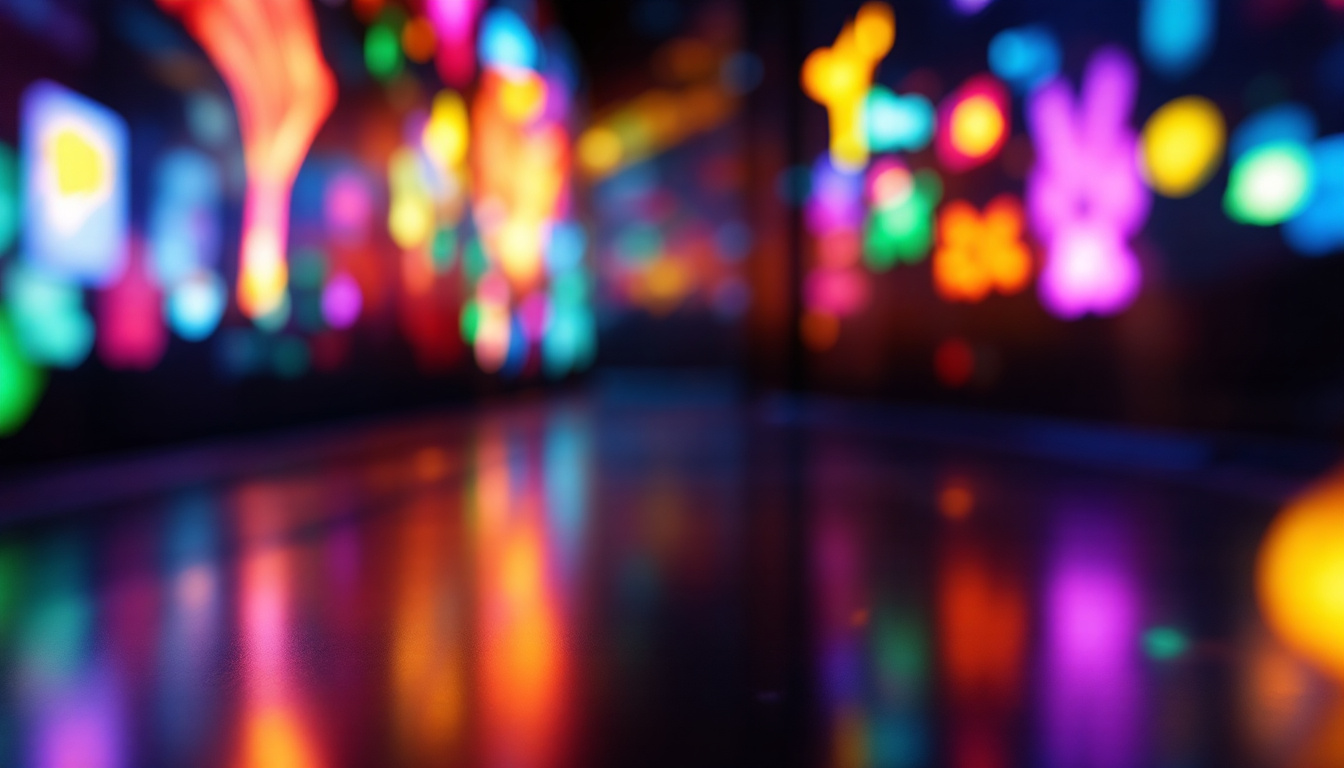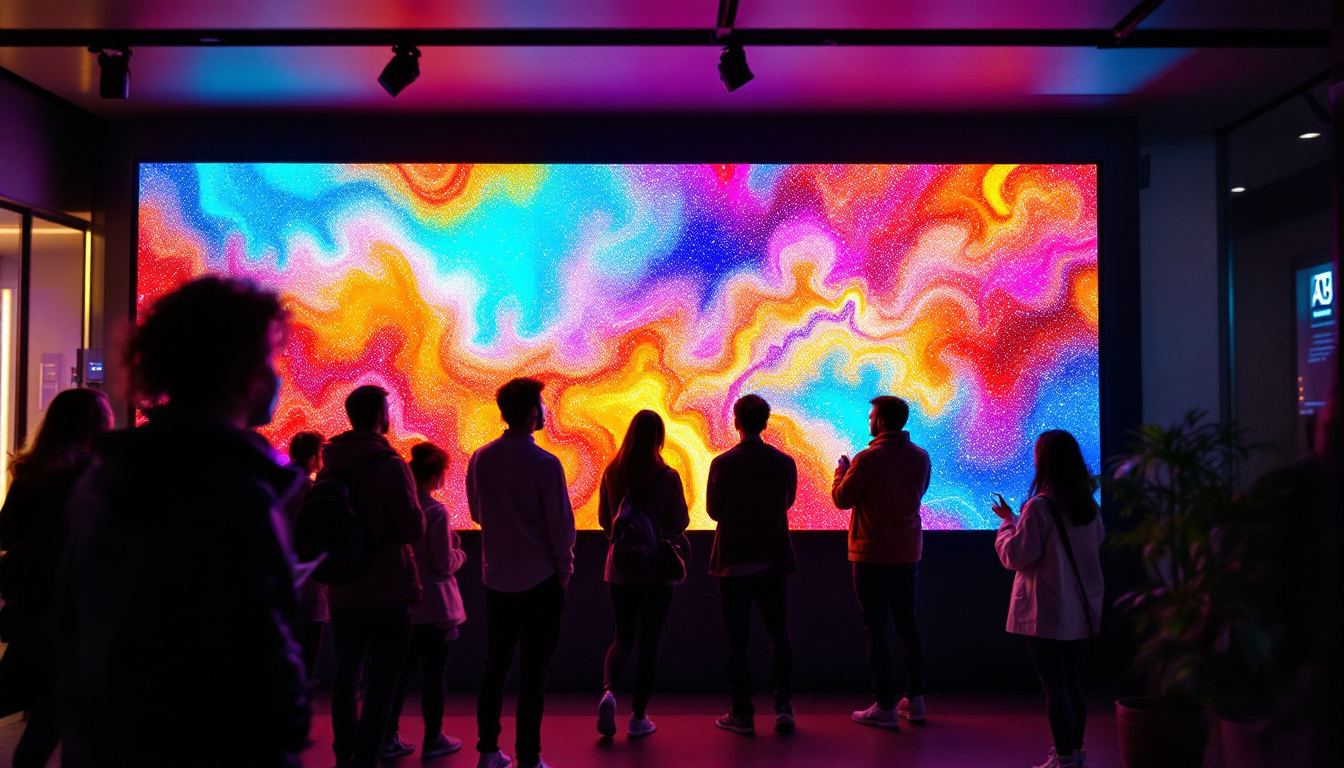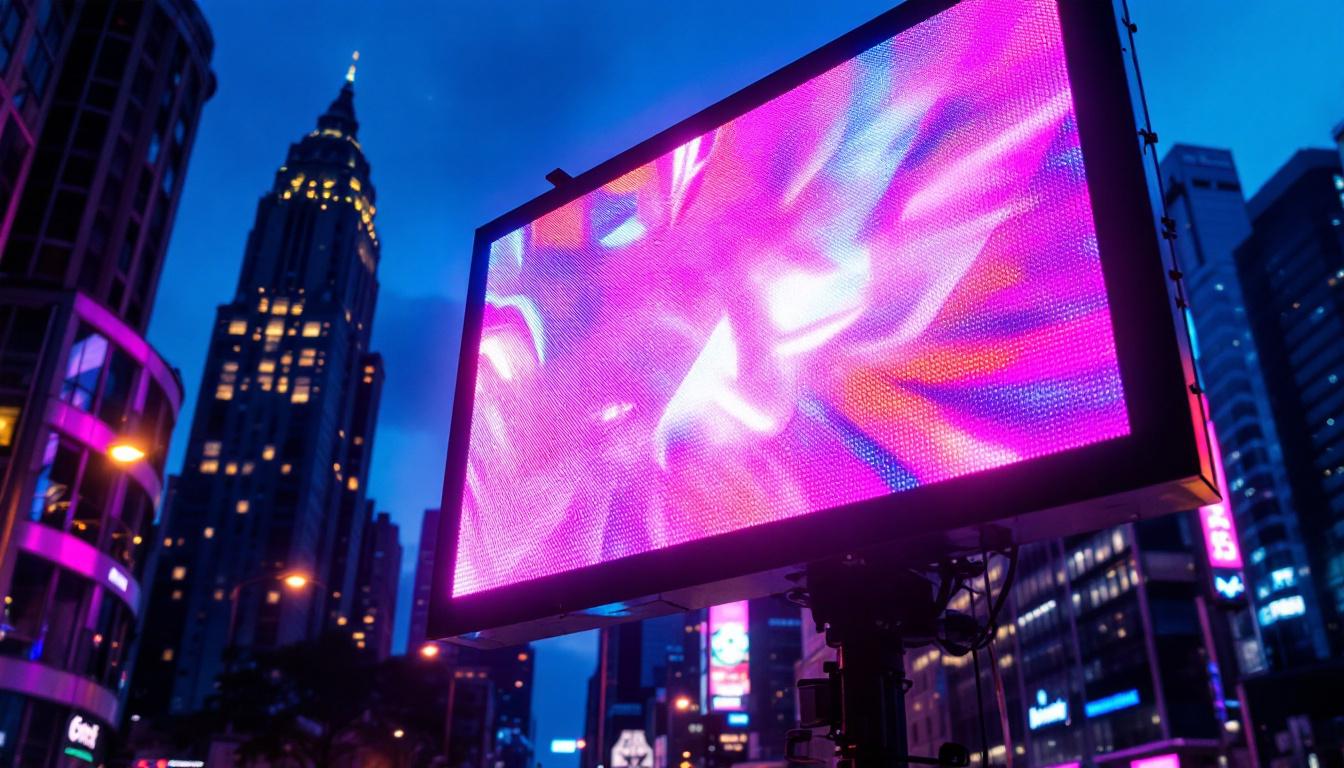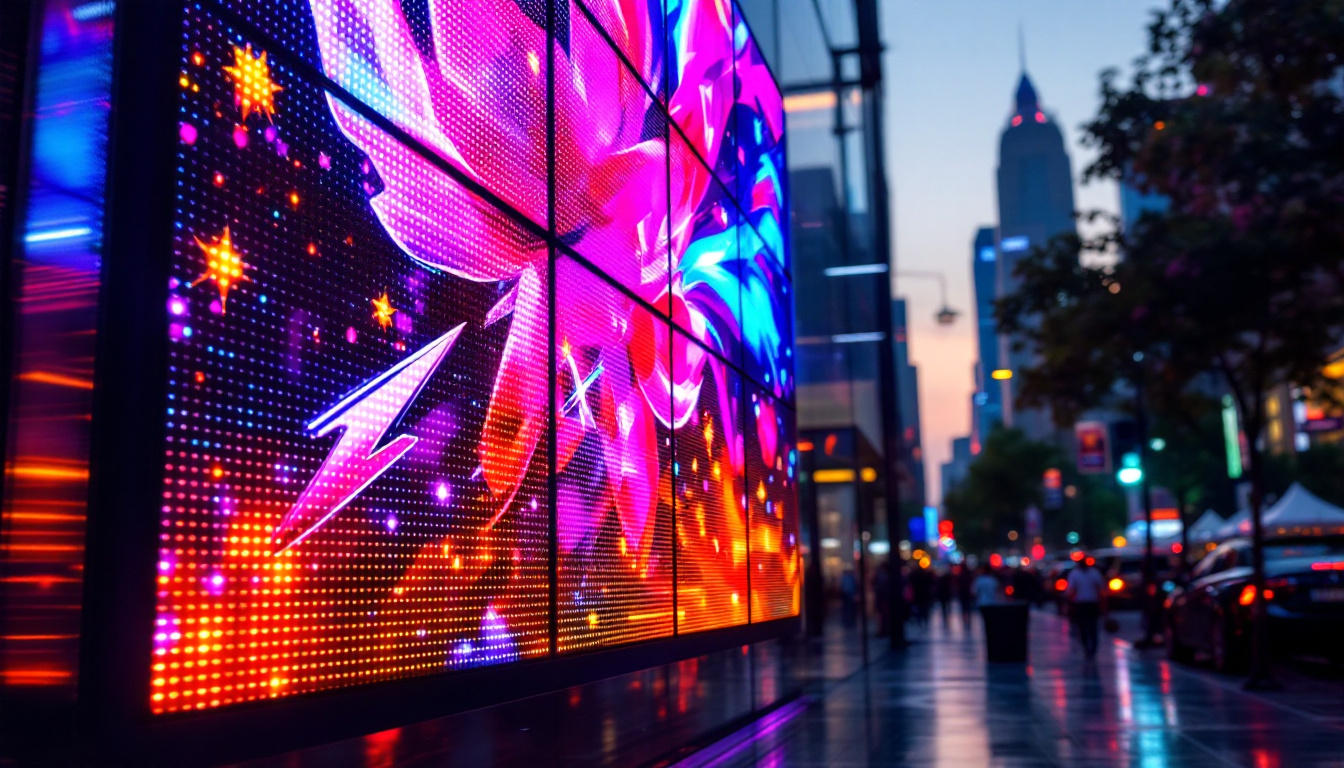In the rapidly evolving world of technology, LED displays have become a cornerstone of modern visual communication. Among the various terminologies associated with these displays, the term “pizel” often arises. This article aims to demystify what a pizel is, its significance in LED displays, and how it contributes to the overall visual experience.
Understanding the Basics of LED Displays
LED displays, or Light Emitting Diode displays, utilize semiconductor technology to emit light when an electric current passes through them. These displays are favored for their brightness, energy efficiency, and longevity compared to traditional display technologies such as LCD or CRT. The ability of LED displays to produce vibrant colors and deep blacks makes them particularly appealing for a variety of applications, from television screens to advertising billboards. Furthermore, their lower power consumption not only reduces electricity costs but also contributes to a smaller carbon footprint, making them an environmentally friendly choice.
The Components of LED Displays
At their core, LED displays consist of numerous tiny light-emitting diodes arranged in a grid pattern. Each diode can emit a specific color of light, and when combined, they create a full spectrum of colors. This grid is where the concept of pizels comes into play. The arrangement of these diodes can vary, with some displays using RGB (red, green, blue) configurations to mix colors effectively, while others may employ white LEDs with color filters for a different approach. The technology behind these displays continues to evolve, with advancements in miniaturization and efficiency leading to even more impressive visual experiences.
LED displays can be categorized into various types, including direct view, backlit, and organic LED (OLED) displays. Each type has its unique characteristics and applications, ranging from large outdoor billboards to small handheld devices. For instance, direct view LED displays are often used in sports arenas and concerts due to their high brightness and ability to be viewed from a distance, while OLED displays are favored in smartphones and high-end televisions for their superior color accuracy and contrast ratios. This diversity in display types allows manufacturers to cater to a wide range of consumer needs and preferences.
What Is a Pizel?
The term “pizel” is often a misspelling of “pixel,” which stands for “picture element.” A pixel is the smallest unit of a digital image or display that can be controlled individually. In the context of LED displays, each pizel represents a single point of light that contributes to the overall image quality and clarity. The arrangement and density of these pizels play a significant role in defining the display’s resolution, which is measured in pixels per inch (PPI) or dots per inch (DPI). Higher pixel density results in more detailed images, making it essential for applications that require precision, such as graphic design and medical imaging.
In essence, a pizel is a crucial element that determines the resolution and detail of the display. The higher the number of pizels in a given area, the finer the detail that can be rendered, resulting in sharper images and text. Additionally, advancements in technology have led to the development of high-density displays, such as 4K and 8K resolutions, which provide an incredibly immersive viewing experience. As consumers continue to demand higher quality visuals, the importance of pizels in LED displays will only grow, pushing manufacturers to innovate and improve their products continuously.
How Pizels Work in LED Displays
The operation of pizels in LED displays can be understood through the concept of color mixing and control. Each pizel typically consists of three sub-pizels that emit red, green, and blue (RGB) light. By adjusting the intensity of each color, a wide range of colors can be produced, allowing for vibrant and dynamic visuals.
The RGB Color Model
The RGB color model is a foundational concept in digital imaging. By combining different intensities of red, green, and blue light, a spectrum of colors can be created. This model is particularly effective in LED displays, where each pizel’s sub-pizels can be finely tuned to achieve the desired color output.
For example, if a pizel’s red sub-pizel is set to 100% brightness, the green to 50%, and the blue to 0%, the resulting color will be a shade of yellow. This ability to mix colors at the pizel level is what makes LED displays so versatile and capable of producing stunning visuals. Furthermore, the precision of color mixing in LED technology allows for the creation of complex images and animations, making it an ideal choice for applications ranging from televisions to large-scale advertising displays.
Resolution and Pixel Density
Resolution refers to the number of pizels in a display, typically expressed in terms of width x height (e.g., 1920×1080). Higher resolution means more pizels, resulting in a clearer and more detailed image. Pixel density, measured in pixels per inch (PPI), indicates how closely packed the pizels are within a given area. A higher PPI contributes to sharper images, especially when viewed up close.
For instance, a high-definition (HD) display has a resolution of 1280×720, while a 4K display boasts a resolution of 3840×2160. The increased number of pizels in a 4K display allows for more intricate details and smoother transitions between colors, enhancing the overall viewing experience. In addition to resolution, factors such as refresh rate and color depth also play critical roles in the quality of the image. A higher refresh rate can reduce motion blur, making fast-moving scenes appear smoother, while greater color depth allows for more subtle variations in color, contributing to a more lifelike representation of images.
The Importance of Pizels in Modern Displays
Pizels play a pivotal role in the quality and functionality of modern LED displays. Understanding their importance can provide insights into how visual content is created and experienced across various platforms.
Impact on Image Quality
The quality of an image is heavily influenced by the number and arrangement of pizels. A higher pizel count leads to better image resolution, resulting in clearer details and more accurate color representation. This is particularly important in applications such as digital signage, where clarity and visibility are crucial for effective communication.
In addition, the arrangement of pizels affects how images are perceived from different viewing angles. Displays with a higher pizel density can maintain image quality even when viewed from the side, making them ideal for public spaces where viewers may not be positioned directly in front of the screen.
Applications of LED Displays with Pizels
LED displays with high pizel counts are utilized in a variety of applications, including advertising, entertainment, and information dissemination. From massive outdoor billboards to high-resolution televisions, the versatility of pizels allows for a broad range of uses.
In the entertainment industry, for instance, LED displays are commonly used in concerts and events to create immersive visual experiences. High-resolution pizels ensure that even large screens can display intricate details, enhancing the overall atmosphere and engagement of the audience.
Advancements in Pizel Technology
As technology continues to advance, so too does the development of pizel technology. Innovations are constantly being made to improve the performance and efficiency of LED displays, leading to better visual experiences.
MicroLED and MiniLED Technologies
MicroLED and MiniLED are two emerging technologies that are revolutionizing the way pizels function in LED displays. MicroLED technology utilizes tiny individual LEDs as pizels, allowing for greater control over brightness and color accuracy. This results in displays that can achieve higher contrast ratios and deeper blacks.
MiniLED, on the other hand, uses smaller LEDs for backlighting in LCD displays. This technology enhances local dimming capabilities, improving contrast and color depth. Both technologies represent significant advancements in pizel performance, pushing the boundaries of what is possible in visual displays.
Future Trends in Pizel Development
Looking ahead, the future of pizel technology is likely to include further miniaturization and integration with artificial intelligence (AI). AI algorithms can optimize color reproduction and brightness levels based on the content being displayed, resulting in an even more dynamic viewing experience.
Additionally, the development of flexible and transparent displays may open new avenues for pizel applications, allowing for innovative designs and functionalities that were previously unimaginable.
Challenges and Considerations
Despite the advancements in pizel technology, several challenges remain. Understanding these challenges is essential for manufacturers and consumers alike.
Cost and Accessibility
High-resolution LED displays with advanced pizel technology can be expensive to produce and purchase. This cost can limit accessibility for smaller businesses or individuals looking to invest in high-quality displays. As technology progresses, it is hoped that prices will decrease, making advanced pizel displays more accessible to a broader audience.
Environmental Impact
The production and disposal of LED displays raise environmental concerns, particularly regarding the materials used in pizel manufacturing. Efforts are being made to develop more sustainable practices and materials to mitigate these impacts. Consumers are encouraged to consider the environmental implications of their display choices and opt for eco-friendly options when available.
Conclusion
Understanding what a pizel is and its role in LED displays is crucial for anyone interested in modern visual technology. Pizels are not just tiny points of light; they are the building blocks of digital images and videos that shape our visual landscape.
As technology continues to evolve, so too will the capabilities and applications of pizels in LED displays. From improved image quality to innovative designs, the future of pizel technology promises to deliver even more engaging and immersive visual experiences.
In a world increasingly reliant on visual communication, the significance of pizels cannot be overstated. They are integral to how information is conveyed, entertainment is experienced, and art is appreciated. As advancements continue, the potential for pizels in LED displays will only expand, paving the way for a brighter, more vibrant future in visual technology.
Explore the Future of Visual Technology with LumenMatrix
Ready to experience the pinnacle of pizel perfection in LED displays? LumenMatrix is at the forefront of transforming visual communication with our comprehensive range of LED display solutions. From captivating Indoor LED Wall Displays to dynamic Outdoor LED Wall Displays, and from versatile Vehicle LED Displays to innovative LED Transparent Displays, we have everything you need to elevate your brand’s visibility. Embrace the future of immersive visual experiences with LumenMatrix’s cutting-edge technology. Check out LumenMatrix LED Display Solutions today and see your message come to life with unparalleled clarity and impact.

